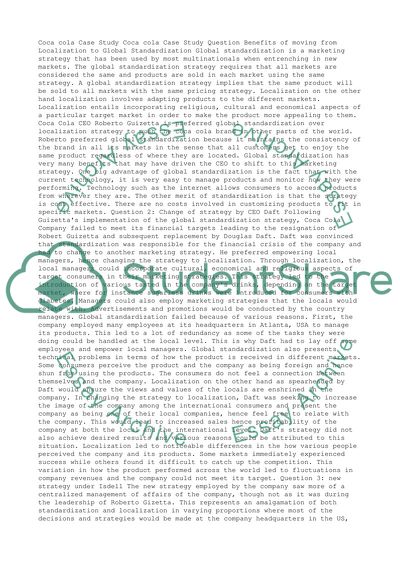Coca Cola Case study Example | Topics and Well Written Essays - 750 words. Retrieved from https://studentshare.org/business/1488287-coca-cola-case-study
Coca Cola Case Study Example | Topics and Well Written Essays - 750 Words. https://studentshare.org/business/1488287-coca-cola-case-study.


